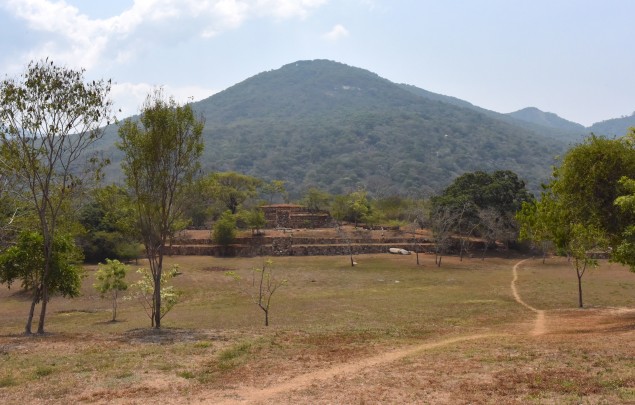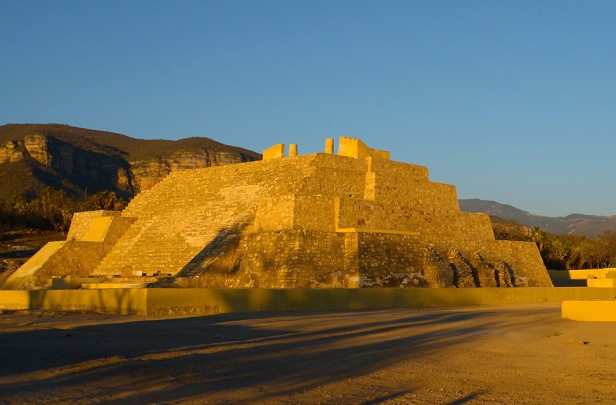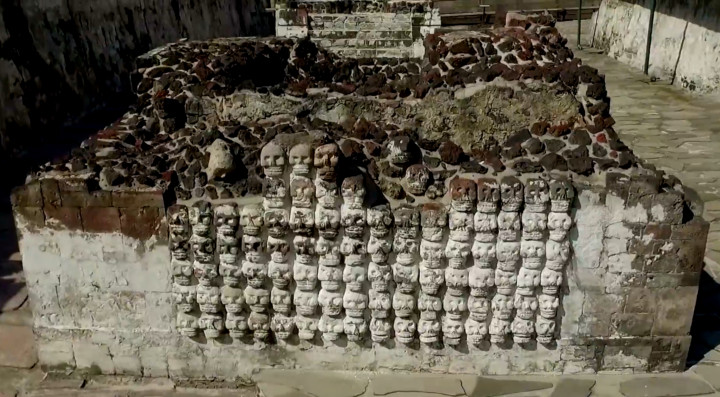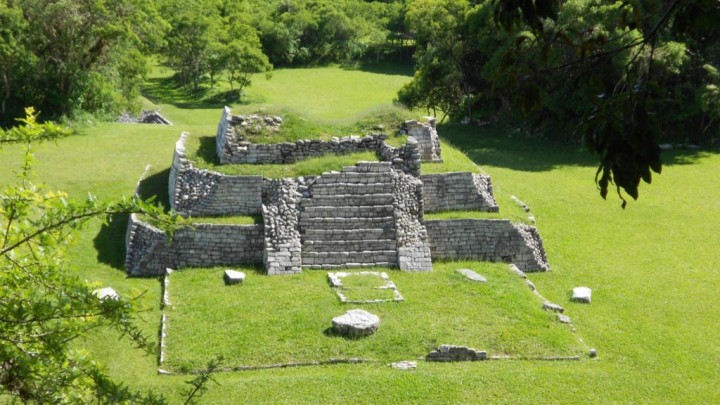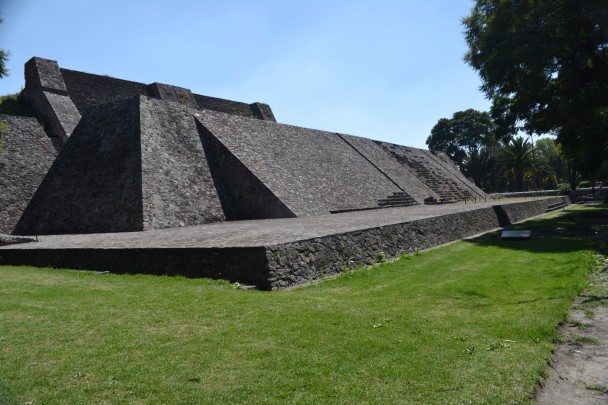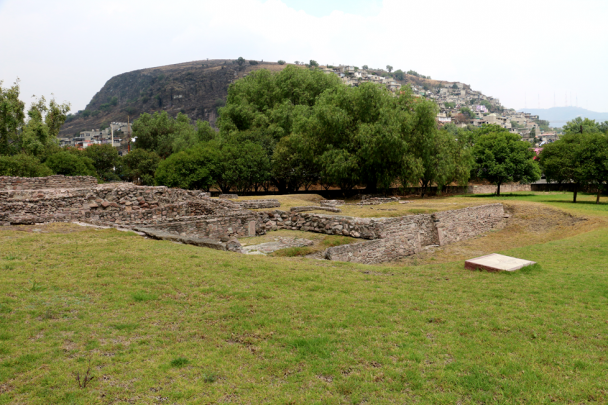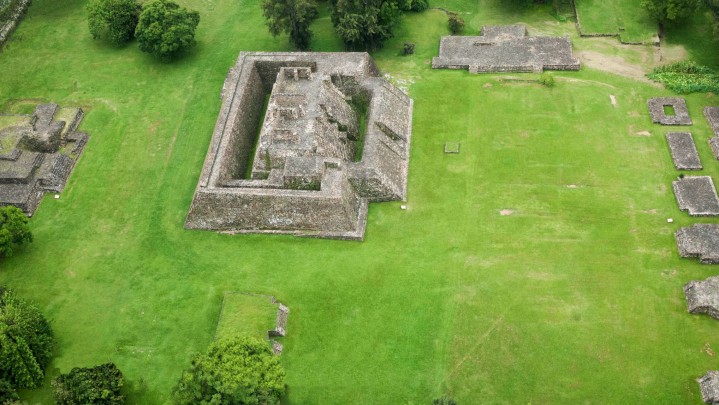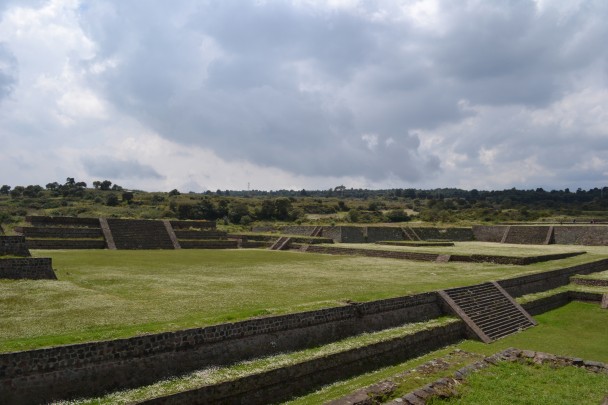189 Sites
Pyramids and palaces surround the great central plaza of this stately location that was never dominated by the Mexicas. Surrounded by hills that coincide with the points of the compass, the site reproduces the scheme of the pre-Hispanic universe. Its deities were the gods of fertility, the sun, the hills and water.
Guerrero
The region was fundamentally important in the history of domesticating several plants including maize. During the Postclassic, Tehuacan was the region’s most important site in terms of religion and politics.
Puebla
The center of Mexica religious and political life, the extraordinary remains of Templo Mayor stand in the heart of Mexico City. Dedicated to Tlaloc and Huitzilopochtli, its treasures include a wall of skulls altar, the House of the Eagles, and a monolithic sculpture of the goddess Coyolxauhqui.
Ciudad de México
Spectacular platforms with retaining walls, plazas, palaces, shrines and dwellings. Maintained important commercial relationships (300-1200) with the neighboring region, the Gulf Coast of Mexico, the Central Depression of Chiapas and the Guatemala highlands.
Chiapas
First capital of the Chichimecas of Xólotl (end of the twelfth century) until it was moved to Texcoco. It still contains an extraordinary pyramid crowned with twin temples dedicated to Tlaloc and Huitzilopochtli, with glyphs on many steps and surrounded by a wall of serpents.
Estado de México
With only 330 yards separating them, Tenayuca II is considered to be part of Tenayuca. The site has an interesting housing complex.
Estado de México
Unique settlement in the present-day state of Guerrero with monumental architecture bearing Olmec traces. It played a key role in the supply, manufacture and redistribution of luxury goods from the coast destined for the Valley of Mexico. It was inhabited for almost 800 years.
Guerrero
Engulfed in the urban sprawl of present-day Cuernavaca, and originally inhabited possibly by Tlahuicas, when the Mexica dominated the region they built new palaces, temples and houses. The principal pyramid survives, surmounted by two temples, one dedicated to Tlaloc and the other to Huitzilopochtli.
Morelos
To the south of the Toluca Valley, this was successively a civic and religious center, a walled city and a military garrison (650-1550 AD). A jaguar is sculpted in bas-relief on a monolith in the impressive Plaza of the Jaguar. There are also other stone reliefs.
Estado de México

